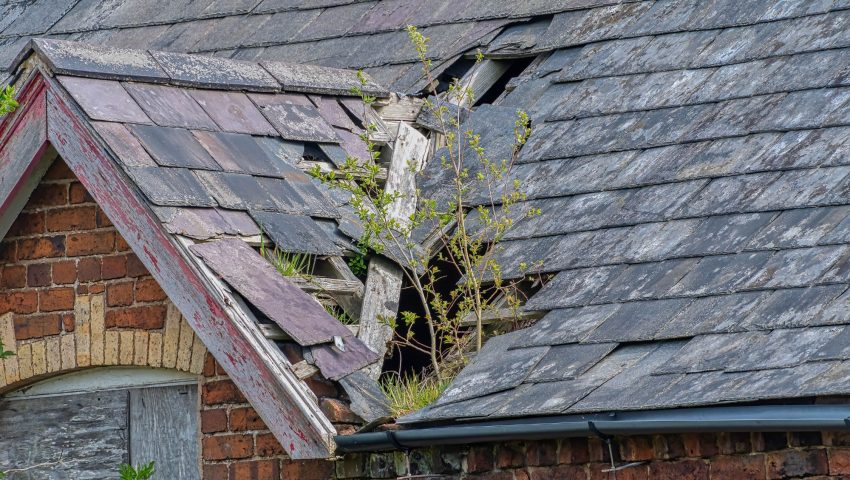Homeowners insurance claim rates are set by many factors, including the number of claims filed in an area and how often you file for damages. There’s no surefire answer to the question about higher rates, but we do have some helpful insight for you that might help you gauge your unique situation.
What Causes Increases in Homeowners Insurance Premiums?
There are many reasons your homeowners insurance company might raise your rates. Some reasons are specific to hail damage claims, while others have nothing to do with the claim itself.
Are Hailstorms Common in Your Region?
For example, if you live in an area where wind and hail damage are common, your homeowners insurance company may raise rates for all policyholders who need wind and hail coverage in that zip code. On the other hand, if you’re the only one in your neighborhood to file a hail damage claim, your rates could go up because you’re seen as a higher risk.
Have You Filed a Claim With Your Insurance Company Before?
Another factor that could lead to higher homeowners insurance rates is how often you’ve filed claims in the past. If you’ve made several claims in a short period of time, your insurance company may see you as a high-risk customer and raise your rates accordingly.
How Bad Was the Wind and Hail Damage?
Lastly, the amount of damage caused by the hail may also affect your homeowners insurance rates. If the hail damage is extensive, your insurance company may view you as a higher risk and raise your rates for the next time you file another hail damage claim. To find out how bad the hail damage is, contact a local contractor like Denver’s Peak to Peak Roofing & Exteriors to come out immediately after the storm and conduct a thorough hail damage roof inspection.
Overall, If you do put in a hail claim for roof damage, it is likely that your homeowners insurance rates will go up. However, there’s no guaranteed rate hike, so be sure to chat with your insurance carrier if you’re concerned about premium increases.
What You Can Do to Lower Your Homeowners Insurance Rates
You can do a few things to help lower your homeowners insurance rates, even if you have filed a claim for hail damage in the past.
Shop for Different Homeowners Insurance
One thing you can do is shop around for a new homeowners insurance policy. You can switch and save money on your premium if you find better rates with other homeowners insurance companies. Just be sure to compare apples to apples when shopping around, as different companies offer different coverage options.
There are so many different types of plans out there. Some homeowners insurance covers actual cash value with depreciation for losses; some have you pay a separate deductible for different scenarios, some offer comprehensive coverage, etc.
Raise Your Deductible
Another thing you can do is ask your insurance agent to raise your deductible. Your homeowners insurance deductible is the amount you must pay out of pocket before your insurance company steps in to cover the rest of the repairs. By raising your deductible, you can lower your monthly insurance premiums. Just be sure you have enough saved up if you need to file a claim.
Protect Your Home
Lastly, you can take steps to make your home more resistant to wind and hail damage after a hail storm. This could include installing hail-resistant roofing or impact-resistant windows. By making your home more resistant to hail damage, you can lower your homeowners insurance rates. If you don’t have to file an insurance claim, then your premiums shouldn’t skyrocket.
The Bottom Line
Whether or not your homeowners insurance rates will go up after filing an insurance claim for wind and hail damage to your roof depends on many factors, including your insurance company, the amount of damage caused, and your claims history.
You can do a few things to help lower your insurance claim rates, such as shopping around for a new policy or raising your deductible. You can also take steps to make your home more resistant to hail damage by hiring a reputable contractor like Peak to Peak Roofing & Exteriors, who can come out and inspect and bolster your roofing and siding. This, in turn, could keep your homeowners insurance rates low by preventing the need to file a roof insurance claim in the first place.
It’s always best to consult with your insurance provider to get an estimate of what the increase might be before filing an insurance claim. That way, you can weigh the cost of the repairs against the potential increase in your homeowners insurance rates and decide what’s best for you.

